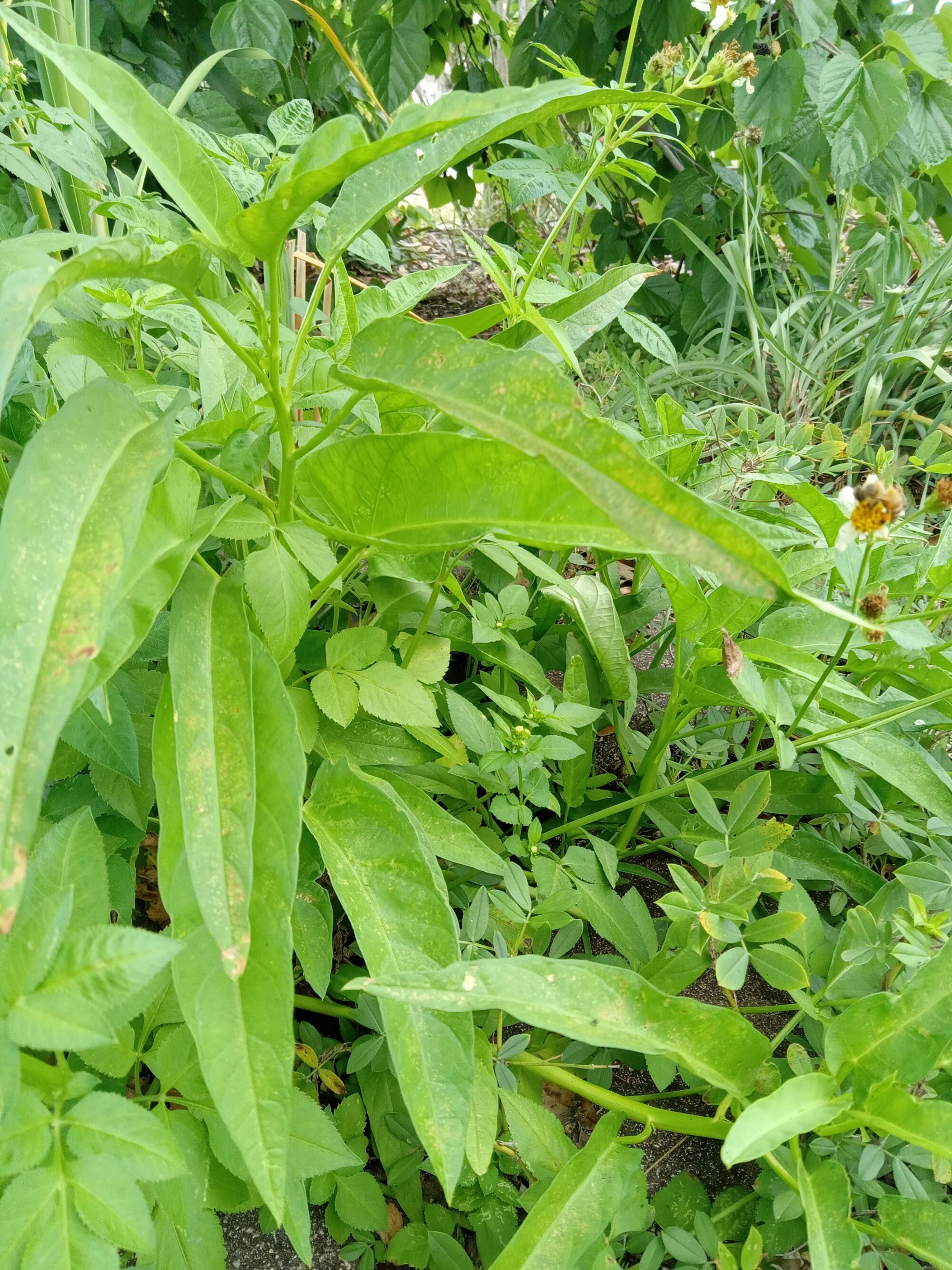Permaculture is the idea of creating a self sustaining ecosystem with no human inputs (work) that produces a bounty for the landowner. This bounty could be in fruit, vegetables, meat, eggs, firewood, fish, or all of the above. Many property owners are interested in creating a permaculture to efficiently and sustainably use their land.
A lot of people get caught up in individual aspects like creating swales and food forestry yet lose sight of the big picture. Permaculture can be created on any size piece of land. The biggest, hardest part of permaculture is deciding what you want to do with the land and never losing that dream. For example, it is wise to place the small animals that need a lot of care and protection near the home where the people are, and put things like fruit trees farther out, since they do not require daily care.
I think when people move to Florida they usually don’t know what they are getting into. Traditional northern gardens where you plant your strawberries and pumpkins in the spring and harvest in the fall simply do not exist here. The bright sun and high humidity bakes most vegetable plants, so gardening for food must be creatively timed around the seasons.
A much better approach is to plant perennial food-producing plants that tolerate the conditions in your area along with supportive plants, like for example nitrogen-fixing legumes. Sweet potatoes and prickly pear cactus are two great examples, along with perennial peanut.
Native plants that benefit your ecosystem should be encouraged, not removed. These plants are already well-adapted to the sand and heat. Non-natives that provide no fodder, nitrogen-fixing, edible food, fencing, or firewood should be coppiced and mulched as the caretaker implements his or her permaculture.
One of the hardest, if not the hardest, parts of starting a permaculture is identifying the plants you already have before jumping to replace them. There are many great plant identifying websites out there, but many do not have pictures or have misleading information about the care of the plants listed. A lot of the commenters on these websites do nothing but complain about how invasive some native plant is. Those people should go live in the city surrounded by buildings and grass, because they won’t be happy with anything else. Nay-sayers abound in our lives, just listen to them, smile, and nod, then go do what you want to do anyway. And research your plants; if it’s invasive but beneficial, please invade!
On where to get plants… a complicated question. I have had tremendous luck with the plants from the Spring Hill Garden Club. The plants they offer for sale are disease-free and well-rooted without being rootbound. When you buy from Home Depot and Lowe’s it can be dicey, plants are usually expensive and rootbound, but the year guarantee kinda offsets that. I have had a lot of annuals die out quickly. Another great place is the USF Botanical Garden spring and fall sales. Vendors from all over West Florida bring an amazing variety of plants. Another great place to get plant starts is Etsy. The very best way to get plants is to propagate your own from healthy plants, but this is a skill which takes some practice. What better time to start than now?
As far as I know, there are no permaculture homesteads in West Florida, except for maybe Kenny Coogan. There are several CSA’s in every county, and these are all polycultures and should be supported. Homosassa Springs State Park grows much of the feed for their animals on-site in the form of duckweed. It’s a fun place to take the family in the cooler times of year to see the manatees.
There was a family that was working on a true permaculture homestead in Dade City, but their blog says that last year they were forced to sell their property. I suspect one or both were laid-off. The young man, errr, I guess he must be about my age, did a great deal of research into good plants for the area for food forestry and aquaculture. I’ll put up a link.
Personally, we are doing a good deal of work on the suburban lot and looking to purchase 10 acres in Citrus county, or maybe Sumter or around anywhere I suppose, for camping and permaculture and hunting. We have had tremendous success with peppers and tomatoes here in Spring Hill, and we have rabbits and ducks.
Research. Listen. Figure out your own Big Picture, work slowly toward it. Don’t get distracted into the little things or by nay-sayers.
